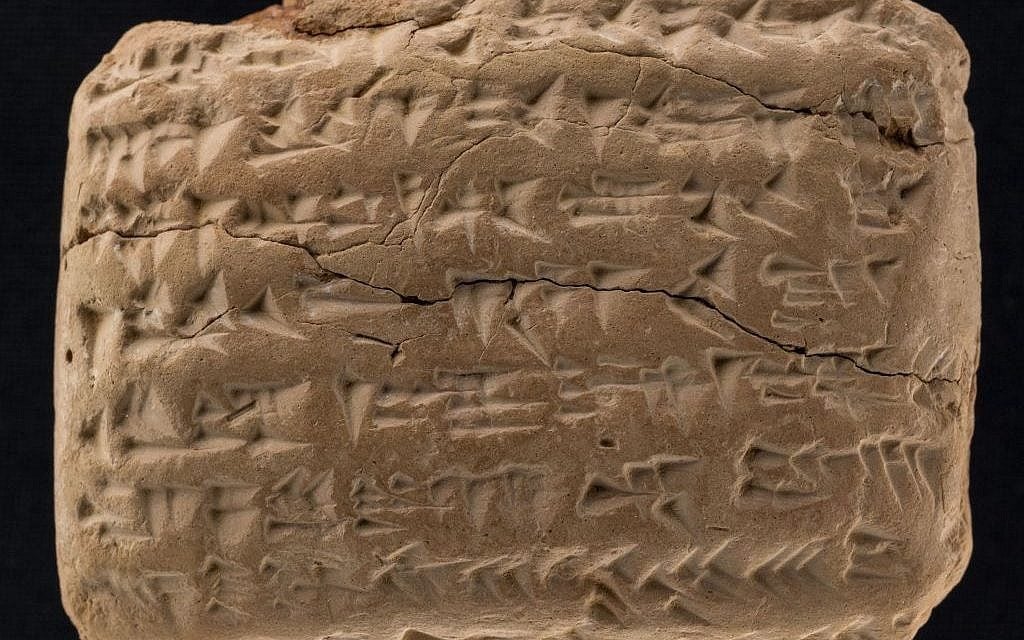Art & Exhibitions
Ancient iPad-like Tablets Reveal Life of Jews in Babylon
A rare glimpse into a forgotten Jewish history.

A rare glimpse into a forgotten Jewish history.

Sarah Cascone

Recently unveiled ancient clay tablets have provided scholars a rare glimpse into Jewish life during the Babylonian exile. Discovered by archaeologists two years ago, the tablets went on display to the public for the first time this week at the Bible Lands Museum in Jerusalem.
The approximately 200 tablets, which date to 572–477 BC, the time of the Babylonian exile under King Nebuchadnezzar, were discovered in modern-day Iraq, possibly during the 1970s. David Sofer, a London-based Israeli collector, owns 110 of them, or about half of the collection, which is known as the Al-Yahudu archive. Written in Akkadian Cuneiform script, an extinct Semitic language, the tablets document the lives of members of the Jewish communities in villages in the Fertile Crescent, between the Tigris and Euphrates rivers.
Filip Vukosavovic, an expert of ancient Babylon, Sumeria, and Assyria who curated the museum’s “By the Rivers of Babylon” exhibition, told Reuters that the tablets’ discovery “fills in a critical gap in understanding of what was going on in the life of Judeans in Babylonia more than 2,500 years ago.” Previously, little was known about Jewish life during the time of exile. “It was like hitting the jackpot,” he added.
Like an Ancient iPad
Each clay tablet, like an ancient iPad, reveals details about taxes, payments, trading, property leases, and local trading of fruit and other items. The family of one Jewish patriarch, Samak-Yama, can be traced over five generations through the documents. “We even know the details of the inheritance made to the five great-grandchildren,” said Vukosavovic. “On the one hand it’s boring details, but on the other you learn so much about who these exiled people were and how they lived.”
Other archaeological discoveries have also been likened to modern technology, such as the wax-coated “Byzantine iPad” found last year, and the Antikythera Mechanism astrological clock, considered the world’s oldest computer.
Though the exile was fairly short-lived for many, as Persia’s King Cyrus enabled the Jews to return to the Holy Land in 538 BC, a Jewish community some 80,000 people strong remained in the region for over two millennia. “The descendants of those Jews only returned to Israel in the 1950s,” said Vukosavovic.